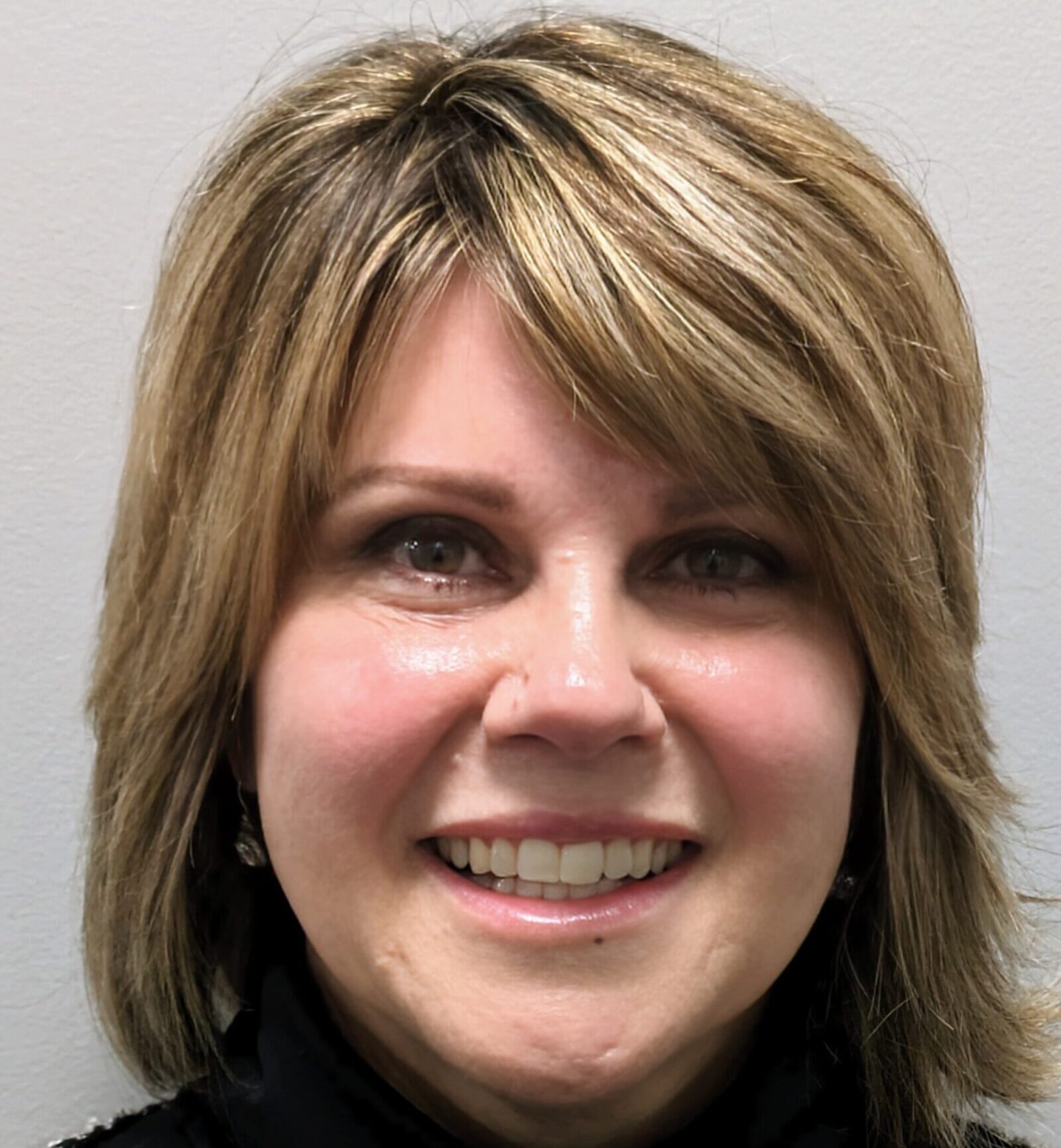Key Takeaways
- Dual diagnosis treatment helps address both OCD and fentanyl addiction at the same time.
- Ignoring OCD symptoms during addiction care can increase the chance of relapse.
- Holistic therapies, like meditation and mindfulness, play an important role in recovery.
- Effective treatment combines medical detox, therapy, and long-term coping skills.
- Recovery is possible when both mental health and substance use are treated together.
Introduction
When someone struggles with both fentanyl addiction and obsessive-compulsive disorder (OCD), recovery can feel overwhelming. Many people find that one condition worsens the other, creating a cycle that is difficult to break. This is where dual diagnosis treatment becomes essential. By treating both mental health challenges and substance use at the same time, individuals have a stronger chance at long-term recovery. Focusing only on substance use without addressing OCD often leaves hidden struggles unresolved. On the other hand, targeting OCD without supporting sobriety can make it nearly impossible to maintain progress. That’s why dual diagnosis programs, especially in specialized recovery centers, are changing the way fentanyl addiction is treated.Why Is Dual Diagnosis Treatment Important for OCD and Fentanyl Recovery?
OCD is more than just repetitive habits, it involves intrusive thoughts, compulsions, and overwhelming anxiety. When combined with fentanyl use, these symptoms can spiral, leading people to use substances as a way to cope. Unfortunately, this self-medication often makes both conditions worse. Research shows that individuals with OCD are more likely to develop substance use disorders compared to the general population. The International OCD Foundation also points out that co-occurring OCD and substance use disorder often create complex challenges, and treating them separately rarely works. This highlights the need for integrated care where both issues are addressed together through dual diagnosis treatment.
Dual Diagnosis Programs Treat Both OCD and Fentanyl Addiction?
Dual diagnosis care typically starts with a safe detox process, often at a holistic detox center, where withdrawal can be managed with medical support. Once the body is stable, the focus shifts to therapy. Cognitive-behavioral therapy (CBT) and exposure and response prevention (ERP) are often used to treat OCD, while relapse prevention strategies help with fentanyl recovery. Programs may also incorporate meditation therapy to reduce anxiety and strengthen coping mechanisms. By bringing these treatments together, individuals can begin to address the triggers that fuel both compulsions and substance use.What Role Do Holistic Approaches Play in Recovery?
Healing from fentanyl addiction and OCD goes beyond medical treatment. Many programs emphasize holistic methods that focus on the mind-body connection. Practices like yoga, meditation, and mindfulness provide calming techniques to manage stress and reduce compulsive behaviors. A holistic detox center often combines traditional therapy with these approaches to create a more balanced recovery plan. By learning new ways to cope with obsessive thoughts, individuals are less likely to turn to fentanyl as an escape.
Can Treating OCD Lower Relapse Risk in Fentanyl Recovery?
Yes, addressing OCD directly can significantly reduce relapse risk. A person who learns healthy coping mechanisms for intrusive thoughts and compulsions is less likely to depend on fentanyl for relief. Studies suggest that leaving OCD untreated while focusing only on addiction can lead to poor long-term outcomes. By treating both conditions, dual diagnosis programs strengthen resilience and help individuals maintain recovery even when challenges arise.YouTube Insight: The Link Between OCD and Addiction
This video explores how OCD and addiction often overlap, making recovery more complex. It explains how compulsive behaviors and substance use can feed into one another, and why integrated care is so critical. For anyone who feels trapped in this cycle, seeing the connection clearly can be the first step toward seeking effective dual diagnosis treatment.Conclusion
Recovery from fentanyl addiction becomes much more effective when mental health conditions like OCD are addressed at the same time. Dual diagnosis programs create a structured environment where both struggles are treated with equal attention, offering individuals the best chance for long-term healing. If you or someone you know is struggling, Virtue Recovery Las Vegas offers comprehensive care designed for dual diagnosis recovery. Call today at 866-520-2861 to take the first step toward a healthier future.How Can New Advances in Substance Abuse Treatment Aid in Treating OCD in Dual Diagnosis Programs for Fentanyl Recovery?
New advances in substance abuse treatment are reshaping the landscape for individuals with dual diagnoses. By incorporating substance abuse innovations that specifically address both OCD and fentanyl dependency, treatment programs can provide comprehensive care. This integrated approach enhances recovery outcomes, fostering resilience and long-term well-being for those affected.
FAQs
What is dual diagnosis treatment?
Dual diagnosis treatment is a type of care that addresses both a mental health disorder, such as OCD, and a substance use disorder at the same time.Why is OCD common in people with substance use disorders?
OCD often causes intense anxiety, and some people use substances like fentanyl to cope with these feelings. Over time, this can lead to addiction.What therapies are most effective for OCD in dual diagnosis programs?
CBT, ERP, and mindfulness-based approaches are commonly used in dual diagnosis care to treat OCD while also supporting addiction recovery.Can dual diagnosis treatment prevent relapse?
Yes, by addressing both mental health and addiction triggers, dual diagnosis programs lower the risk of relapse and improve long-term recovery outcomes.Where can someone get help for OCD and fentanyl addiction together?
Specialized recovery centers offer programs that treat both conditions with an integrated approach.Resources
- International OCD Foundation. Co-Occurring OCD and Substance Use Disorder: What the Research Tells Us. 2021. https://iocdf.org/expert-opinions/co-occurring-ocd-and-substance-use-disorder-what-the-research-tells-us/
- National Center for Biotechnology Information (NCBI). Co-Occurring OCD and Substance Use Disorders. 2009. https://pmc.ncbi.nlm.nih.gov/articles/PMC2705178/
- PubMed. Obsessive-Compulsive Disorder and Substance Use Disorders: Prevalence and Treatment. 2011. https://pubmed.ncbi.nlm.nih.gov/21714825/









